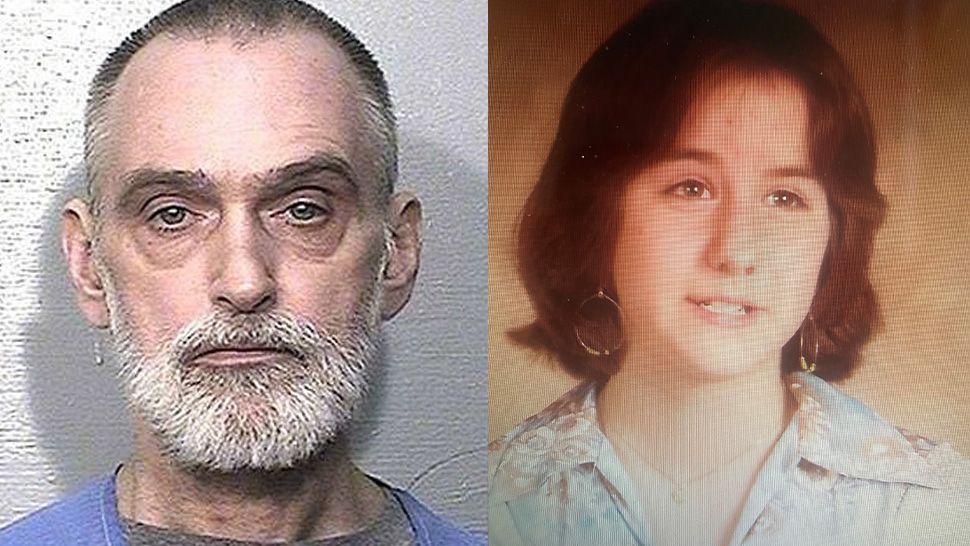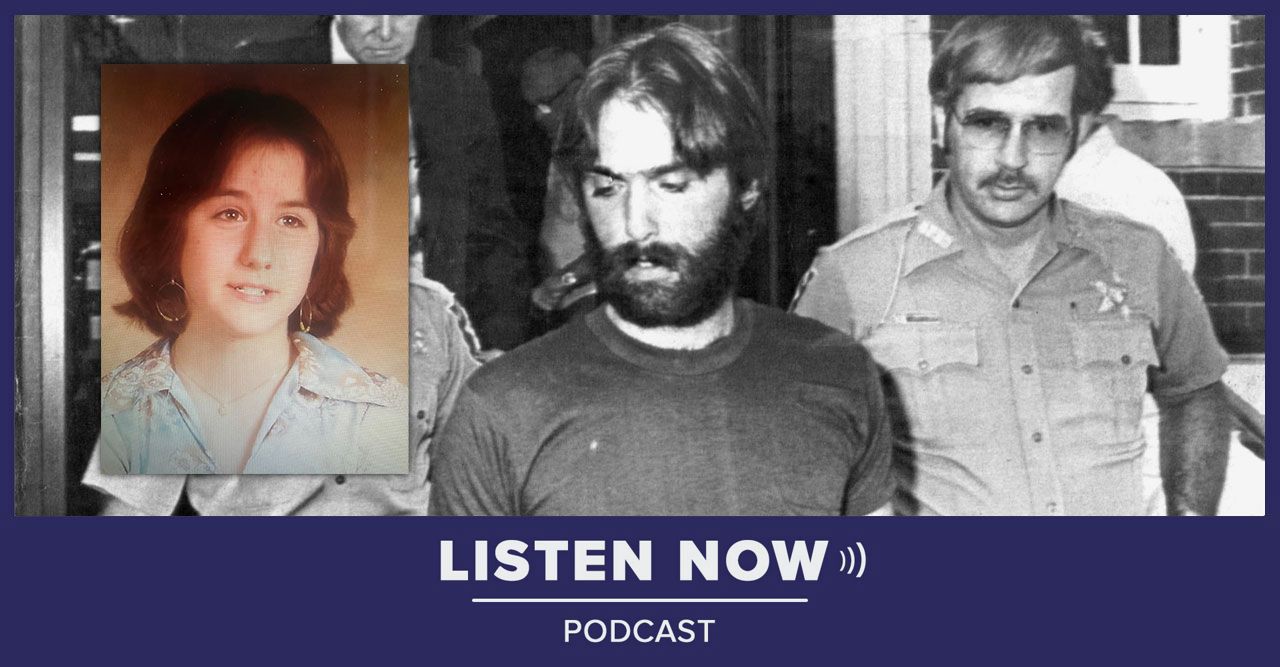HERNANDO COUNTY, Fla. -- The remains sat unidentified for more than four decades.
But in July of 2021, Margaret Johns received the news she had long waited for.
Hernando County Sheriff's investigators, with an assist from the University of North Texas and Virginia-based DNA technology company Parabon Nano Labs, identified Theresa Caroline Fillingim as the third of four bodies uncovered in April 1981 from what neighbors referred to as a "house of horrors."
What You Need To Know
- PREVIOUS STORY: Remains of Tampa teen missing since 1980 identified as serial killer victim
- GEDMatch: Find DNA matches
- Genetic testing sites: 23 and Me | Ancestry.com
Fillingim had been reported missing by Johns, her older sister, in Tampa nearly a year before that, on May 16, 1980. She was a week from her 17th birthday.
On this episode of To The Point Already, Bay News 9 anchors Rick Elmhorst and Roy De Jesus talk about DNA technology and how genealogy and a dogged investigation helped identified remains unearthed from a litter-strewn Spring Hill backyard 40-plus years earlier.
"She was just a regular kid," Johns said, remembering her sister. "She was the baby of the family. Nobody ever heard from her again. She just dropped off the face of the Earth."
Somewhere between her sister's home and going to a job interview, Fillingim encountered Billy Mansfield, Jr.
A serial killer, child molester and sex offender, Mansfield is responsible for the murders of five women and girls between 1975 and 1980. Now 66, he remains in a California prison.

Billy Mansfield, Jr. (left) in his California Dept. of Corrections mugshot. The Tampa Bay Times image at top shows Mansfield being escorted from the Hernando County Courthouse in 1982. Theresa Caroline Fillingim (right) was 16 when she was reported missing to the Tampa Police Department on May 16, 1980. Her body was identified 41 years after being unearthed in the Mansfield family home's backyard in Spring Hill. (Family photo)
Mansfield had already been charged with crimes including battery, kidnapping and sexual assault when he killed Rene Sailing in California in 1980. Publicity from that case led an anonymous tipster to ask Hernando County officials to search Mansfield's home.
The backyard remains were sent to numerous labs over the years, but investigators didn't develop a DNA profile until 2020, Hernando County Sheriff's officials said. The sample was sent to UNT seeking a match in a national database, without results.
"The case is more than 40 years old," said Hernando County cold case detective George Loydgren, who worked on the case. "DNA degrades, bones degrade. It's very difficult to get a good profile. We were very fortunate to get a good enough DNA profile."
They tried again this year, using Parabon's "Snapshot DNA Phenotyping" service, which creates a description of the victim rather than searching for a genetic match, officials said.
According to CeCe Moore, the Chief Genetic Genealogist for Parabon Nanolabs, it took her about 10 hours to build family trees to search for and identify common ancestors.
A DNA sample from Johns confirmed the identity of Fillingim.
"I'm helping this person regain their dignity," Moore said of identifying cold case victims. "Of course it is a tragic, sad end but getting these answers helps (the family) have a resolution."
ABOUT THE SHOW
Spectrum Bay News 9 anchor Rick Elmhorst sits down with the people that represent you, the people fighting for change and the people with fascinating stories to ask the hard questions.
Catch up on our latest To The Point Already podcast episodes.
Information from the Associated Press was used in this report.




